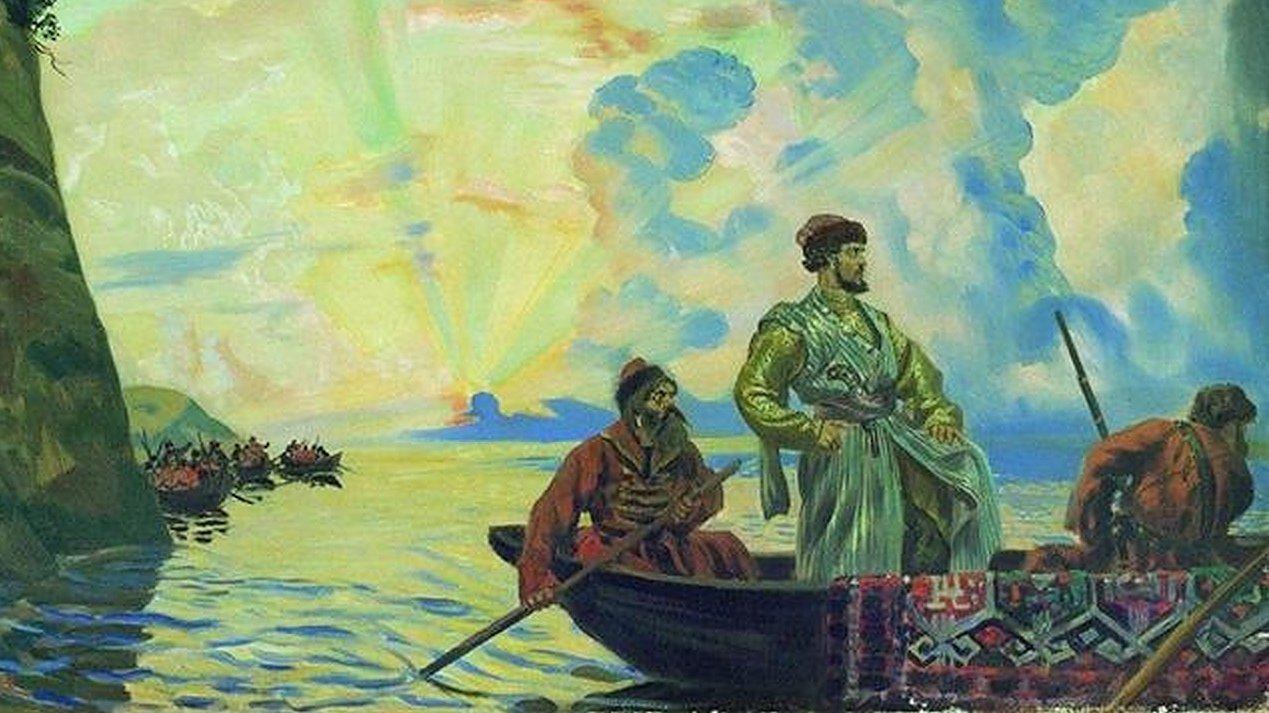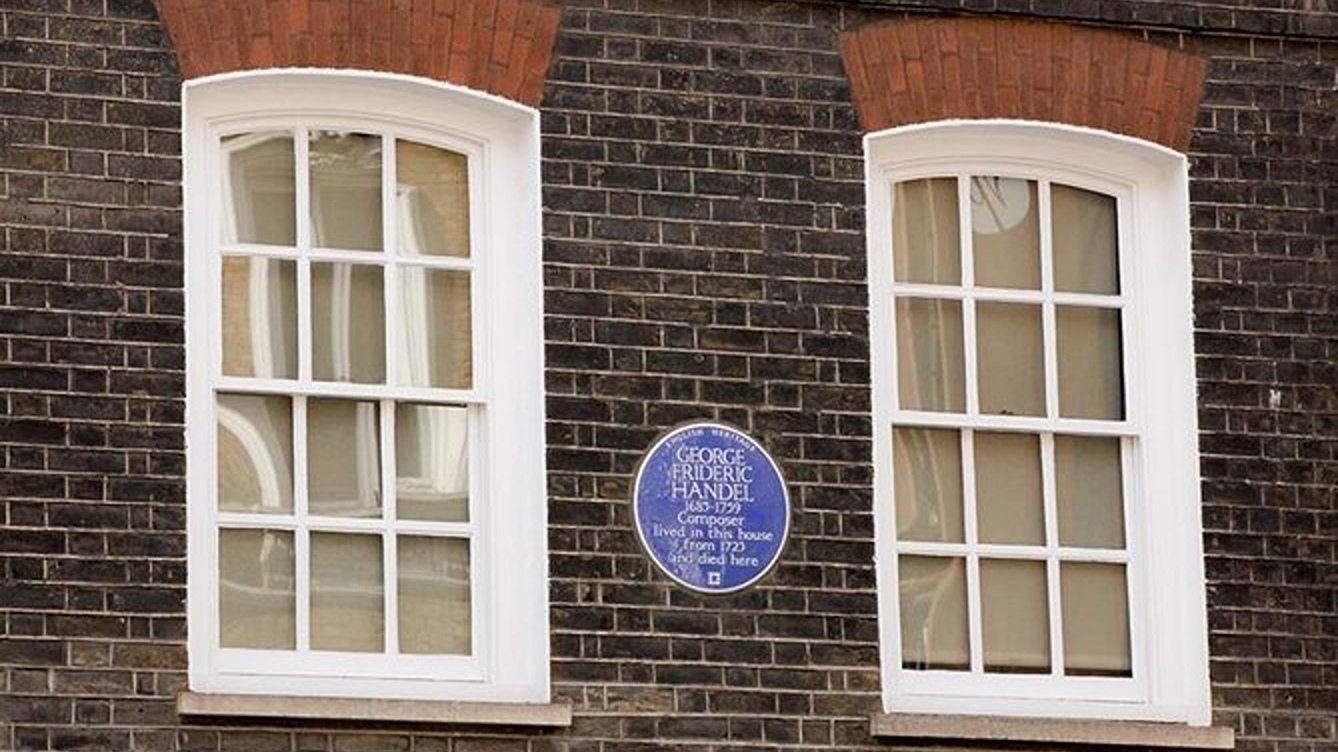Scriabin’s Fantasie in B Minor: A Dramatic Tour de Force
The story, recounted by the Russian musicologist, Leonid Sabaneyev, is so incredible that it may have been apocryphal. One day, while in Alexander Scriabin’s Moscow flat, Sabaneyev sat down at the piano and began to play a theme from Scriabin’s Fantasie in B minor, Op. 28. The composer called out from the next room, “Who wrote that? It sounds familiar.” “Your Fantasie,” was the response. “What Fantasie?” Composed in 1900 during Scriabin’s …







